
Reading Standard Musical Notation Rhythm
Introduction
Standard musical notation is a system used to describe the pitch, rhythm, tempo, and to some degree articulation of a music composition.
In standard musical notation the duration of a note is shown with different note symbols, and sometimes with additional symbols such as dots and ties.
The notes are listed below. A detailed description of each note symbol can be found here
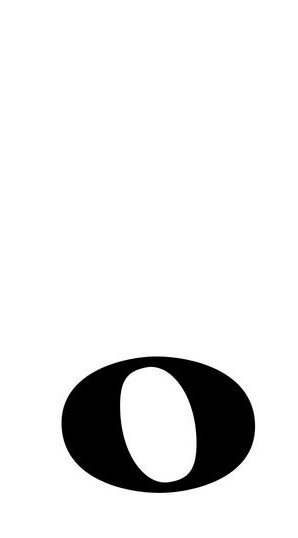 Semibreve (1 Note)
Semibreve (1 Note)
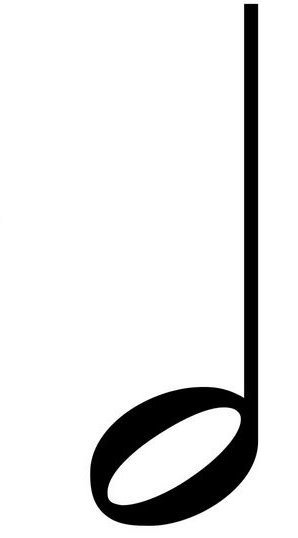 Minim (1/2 Note)
Minim (1/2 Note)
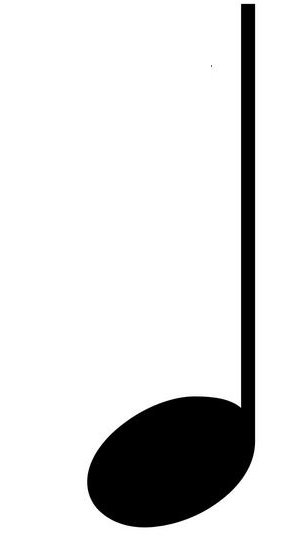 Crotchet (1/4 Note)
Crotchet (1/4 Note)
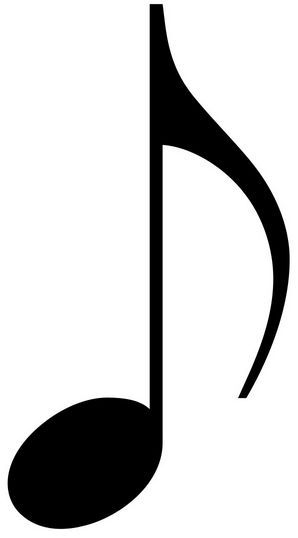 Quaver (1/8 Note)
Quaver (1/8 Note)
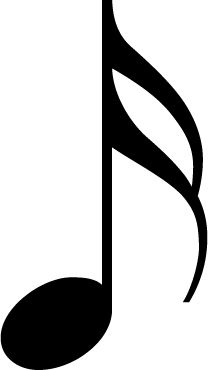 Semiquaver (1/16 Note)
Semiquaver (1/16 Note)
At each interval the note is halved. So a semibreve is equal to two minims, a minim is equal to two crotchets, a crotchet is equal to two quavers, and this pattern continues.
The diagram below demonstrates this point. Notice how the flag on the quavers are joined when the notes are next to each other.

Dotted and Tied Notes
The duration of a note is equal to x1.5 of its original value when a dot is placed next to it. Another way to increase the length of a note is to add a tie. The tie combines the duration of both notes and allows for a note to last for 3 beats or cross over into the next bar.
The diagram below demonstrates both dotted and tied notes. In both examples the notes equal 3 beats, or a minim plus a crotchet.

Understanding Rhythm
A crotchet or a quarter note is one beat. The tempo is expressed in bpm (beats per minute).
So if the tempo is 60, a crotchet or quarter note lasts 1 second. If the tempo is 120, the crotchet or quarter note is ½ second.
Hear the Notes
Listed below is each note that we have mentioned so far as they would appear on a music stave.
Listen to each clip so that you are able to get used to the different length of each note. After you have listened to these clips there are some exercises to help you to get used to using different combinations of these notes.
 Semibreve (1 Note)
Semibreve (1 Note)

 Minim (1/2 Note)
Minim (1/2 Note)

 Crotchet (1/4 Note)
Crotchet (1/4 Note)

 Quaver (1/8 Note)
Quaver (1/8 Note)

 Semiquaver (1/16 Note)
Semiquaver (1/16 Note)

Exercises
Try playing these exercises, they each show a different rhythm using different combinations of the notes we have discussed.
Each rhythm is tabbed on the open G string of a guitar, however, you can play these rhythms in any way you choose, and you could even try to clap the rhythms at first.
There is a metronome playing in the back ground of the keys sound clip. Listening to a metronome can help you to clearly hear when each beat is being played.
Exercise 1

Exercise 2

Exercise 3

Exercise 4

Exercise 5

Exercise 6

Exercise 7

Exercise 8
